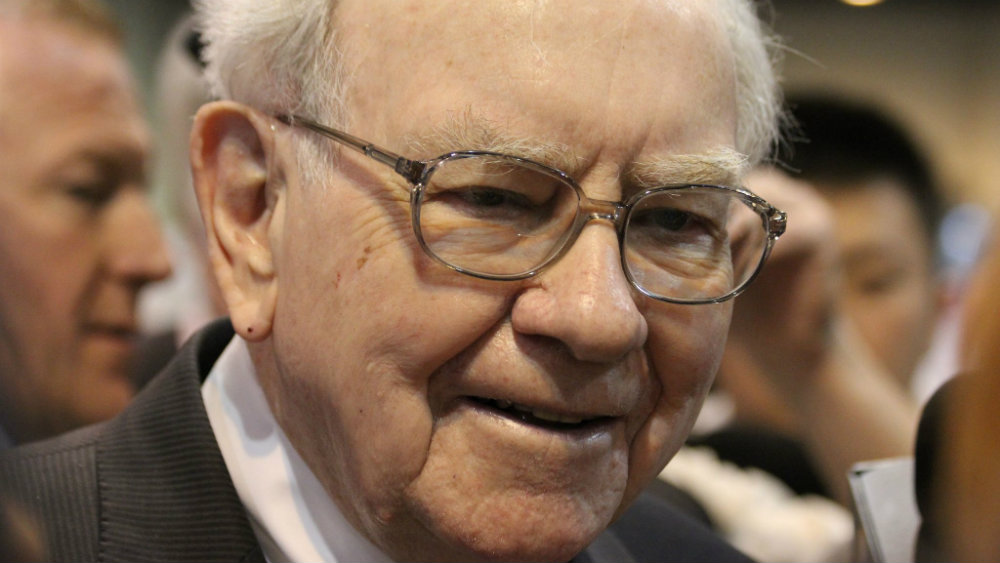Warren Buffett is the most decorated value investor who believes in long-term investing. His company Berkshire Hathaway has significantly outperformed the S&P 500 Index and NASDAQ-100 index in the last 10 years. Berkshire Hathaway stock rose more than 500%, whereas the two indexes rose 120% and 140%, respectively.
While Buffett wears the crown for his success, he also makes mistakes along the journey and learns from them. Not all investments are profitable. But the end goal is to offset the losses with gains. A smart way of investing is to learn from other’s mistakes, and Buffett’s 65-plus years of experience teaches us a lot about investing.
Warren Buffett: Don’t pull out your money from good investments to put it in risky businesses
One of Buffett’s biggest mistakes was buying Dexter Shoe in 1993 for $433 million worth of Berkshire Class A shares. He predicted Dexter would earn strong pre-tax earnings in 1994, and that did come true. But later, domestic shoemakers perished in a price war with companies that leveraged low-cost labour of other countries to sell cheaper shoes without impacting their margins. By 2001, Dexter was $46 million in red and its recovery next year was also short-lived. Buffett’s mistake was, he gave away some of his good stock of Berkshire to buy a risky business like Dexter.
Kinaxis and Enghouse are good long-term bets
Kinaxis (TSX:KXS) and Enghouse Systems (TSX:ENGH) have more than $130 million and $160 million, respectively, in net cash with little or no long-term debt. They both are resilient to an economic downturn because of their recurring revenue and diversified portfolio. They are operating near a 30% profit margin on revenue, which is growing by double digits. These companies have strong growth potential.
Kinaxis offers software solutions for supply chain management, a market that Technavio expects will grow at a CAGR of 11% during the 2020-2024 period. Enghouse acquires software companies that serve markets like contact centres, logistics, and telecom. The company’s growth will depend on the management’s effectiveness in finding attractive acquisition targets and integrating them effectively.
Both stocks are trading near their all-time highs, which has limited their upside growth potential in the short term. However, they are great long-term bets, generating more than 1,000% returns over the last 10 years. They have the potential to generate similar or slightly lower returns in the next 10 years.
Is Air Canada a value trap?
The airline industry is capital intensive and highly sensitive to economic downturns. Airlines have significant leverage and a high fixed cost of airplanes. Moreover, they offer a commoditized service, because of which, they have to price their services competitively to attract customers.
Canada’s largest airline, Air Canada (TSX:AC), has a fleet of 174 aircraft and spends 90% of its revenue on operating expenses. The SARS epidemic in 2003 pushed AC to bankruptcy. It took the company 5.5 years to emerge from bankruptcy and turn profitable. When its stock restarted trading in November 2006, it continued to deliver negative returns for 10 years. It was only in December 2016 to 2019 that the stock rose 245%.
AC is now grappling with the COVID-19 pandemic. It has grounded up to 90% of its capacity and is burning cash to keep the planes functional. Just 15 days of lockdown in March pushed the carrier into $1 billion in losses and increased its leverage ratio to 1.3. The company has slashed 60% of its workforce and is reducing its fleet size to control cost. Even as the economy opens and travelers return, it will take four to five years for things to normalize.
AC is currently trading at 0.4 times its sales but 80 times its earnings. If AC files for bankruptcy, the stock may fall to $0. But if it survives the COVID-19 crisis, the stock is unlikely to appreciate over the next five years. Hence, Buffett sold airline stocks even at a loss.
Buffett’s investment learning
If you had invested in Kinaxis and Enghouse five years back, they would have generated more than 420% and 130%, respectively, returns by now. They will continue to grow in the long term as well. If we interpret Buffett’s lesson in the above three stocks, don’t sell good investments, like Kinaxis and Enghouse, that generate long-term returns to buy risky stocks, like AC, even though the cheap valuation may look attractive.








